.226ZChina’s growth, China’s cities, and the new global low-carbon industrial revolution
A look at the by Nicholas Stern by Mark Watts
A thoughtful paper by Nick Stern,‘China’s growth, China’s cities, and the new global low-carbon industrial revolution’, published without great fanfare before Xmas, demonstrates that the widely promulgated view that China is rushing into exponential economic growth without regard to the growing environmental consequences is wide of the mark.
While most commentators fail to get past the frequently repeated statistics that China is now the biggest carbon emitter in the world and builds a new coal fired power station every week, Lord Stern, author of the eponymous ‘Stern Review’ on the economics of climate change, takes a closer look at the direction of Chinese environment and energy policy.
As Stern sets out “China is already at the forefront of the development of new low-carbon technologies and China has a great deal to gain by being in the vanguard of this new global growth story..China’s clear and strong action has been inadequately recognised and understood around the world."
Stern’s analysis is that China has no intention of simply aping the economic growth path of western countries:
“It is a profound and dangerous mistake to ignore these opportunities and to see the transition to low-carbon growth as a burden and a growth-reducing diversion. That mistake arises if you apply the crude growth models from the middle of the last century with their emphasis on fixed technologies, limited substitution possibilities, and simplistic accumulation. Modern growth models are about learning and technical change, and about substituting new inputs; and these models will also have to embrace interactions with the environment in terms of its influence on possibilities for both consumption and production…
“That is why I was so happy to learn, from a senior figure in the planning process, about the outline of the 12th plan, published in Chinese a few days ago. It does indeed embody a new model of growth, with its emphasis on domestic consumption and on efficiency. Together they will allow reduced saving rates without reducing growth rates. Further, and also of great importance, are the absolute cap on energy and the close attention to policies to reduce emissions. This plan is a landmark for China and for the world.”
While China’s future plans may be impressive, it is right that the country should be judged on its existing record. But as a report last year by the Climate Group, ‘China’s Clean Revolution: opportunities for a low carbon future’, demonstrated, China’s record on decarbonising its economy is far better than most popular perception would expect. For example:
· Since 1980 the energy intensity of the Chinese economy per unit of GDP produced has fallen by 60%
· 65% of all solar water heater installations in the world are in China
· 50% of all solar water heater manufacture takes place in China, along with 30% of global supplies of photo-voltaic panels (40% including Taiwan)
· While electric vehicles are still experimental in Europe and north America, there are already 50 million electric bikes on Chinese roads and China has the first mass produced hybrid plug-in car
· While the volume of car sales in China last year overtook those in the US, 60% of the Chinese market is for compact, more energy efficient vehicles
· Growth in installed wind turbines is faster in China than any country in the world, with wind power generating capacity topping 12mkWh in 2008, and doubling each year
China’s contribution to tackling climate change is, of course, crucial. As Nick Stern puts it:
“Starting at the current global level of 47 billion tonnes of CO2e p.a., the most plausible paths [to avoid irreversible catastrophic climate change] pass well below 35 billion tonnes of CO2e in 2030, and well below 20 billion tonnes of CO2e in 2050. These numbers, 35 billion tonnes in 2030 and 20 billion tonnes in 2050, are crucial. If we are serious about a reasonable chance of 2°C they are essentially global constraints. If we break them as a world it will be very difficult to catch up later. We cannot negotiate with the environment and the laws of physics and chemistry.
“For a 2°C path, the world’s average emissions per capita have to be around or below 4 tonnes of CO2e by 2030 (this is clear from dividing the constraints ‘well below 35 billion tonnes’ by a likely world population of 8 billion in 2030). Thus China’s emissions per capita would likely have to be in 2030 around or below its current level of 6-7 tonnes for the world to have some chance of a 2°C path. That would mean that China would have to return to something like a total of 8-9 billion tonnes of emissions by 2030. In other words, if China is to grow at 7% p.a. for the next two decades and we hope, because China is still a poor country, growth rates will be at least 7%, it would have to cut emissions per unit of output by a factor of 4 over 20 years: if output goes up by a multiple of 4 in two decades and emissions return to their 2010 level in 2030 then emissions per unit of output must be cut by a factor of 4 in that period. This would mean cutting emissions per unit of output by 50% each decade or 29% in each five-year plan.”
Thus, while China’s per capita emissions remain only around a quarter of that of the average US citizen, and Stern argues “we must recognise the deep historical injustice in that the rich countries became wealthy with high-carbon growth but the poorest countries will be hit earliest and hardest by climate change.”
“Nevertheless China’s size and its growth make it inescapably central to any future efforts to manage climate change.. There is no country more important than China in leading the way to a radically different, more dynamic, and much more desirable form of growth. There is no more important power than the power of the example. China and the world as a whole have so much to gain from its leadership.”
· Nick Stern’s policy paper ‘China’s growth, China’s cities, and the new global low-carbon industrial revolution’ is published by the Centre for Climate Change Economics and Policy, Grantham Research Institute on Climate Change and the Environment’.

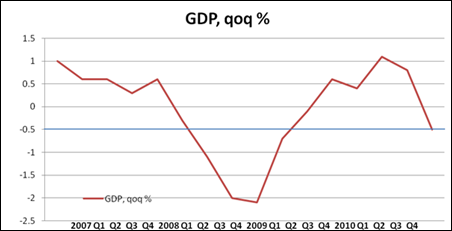
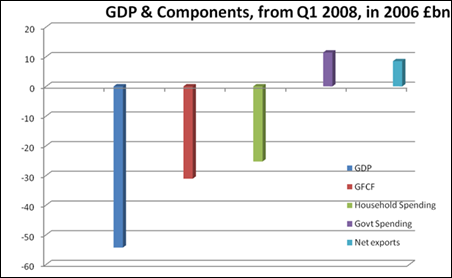
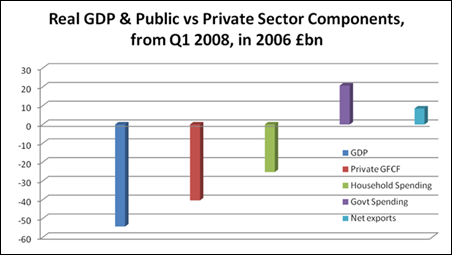




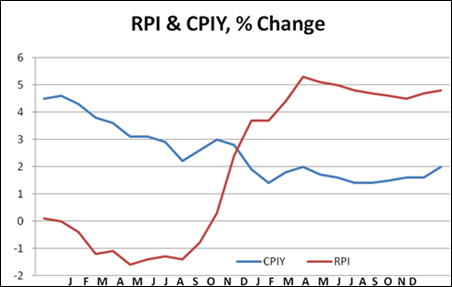

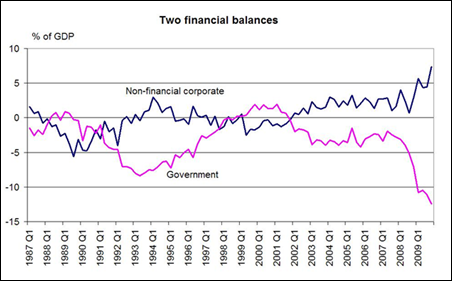

Recent Comments